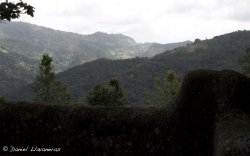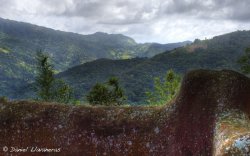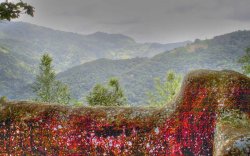So up until now, I've pretty much been shooting jpg and have shot RAW on a couple of occasions. I have to admit, I don't really understand the full benefits of RAW vs. Jpg... despite all that I've read about how RAW files are better suited for PP. I do PP my photos and would like to start shooting raw if it is indeed better... however, before I do so, I have a couple questions...
1) I know that one supposed major advantage of RAW is being able to adjust exposure + WB afterwards... but my question is can't this be done to a JPG? In a program like Aperture, I can adjust the exp or wb sliders for a jpg the same way as I would for a raw file. There must be something I'm missing here... but what is it?
2) Also, when I edit a raw file in Photoshop, it is obviously converted to a PSD file. Do I have to make WB and exposure adjustments in Aperture before I convert to PSD for editing in PS? In other words, does a RAW file that's been converted to a PSD file lose its editing flexibility? Similarly, can i adjust WB and exposure of a PSD file AFTER it has undergone some PP in PS?
Thanks!
1) I know that one supposed major advantage of RAW is being able to adjust exposure + WB afterwards... but my question is can't this be done to a JPG? In a program like Aperture, I can adjust the exp or wb sliders for a jpg the same way as I would for a raw file. There must be something I'm missing here... but what is it?
2) Also, when I edit a raw file in Photoshop, it is obviously converted to a PSD file. Do I have to make WB and exposure adjustments in Aperture before I convert to PSD for editing in PS? In other words, does a RAW file that's been converted to a PSD file lose its editing flexibility? Similarly, can i adjust WB and exposure of a PSD file AFTER it has undergone some PP in PS?
Thanks!




